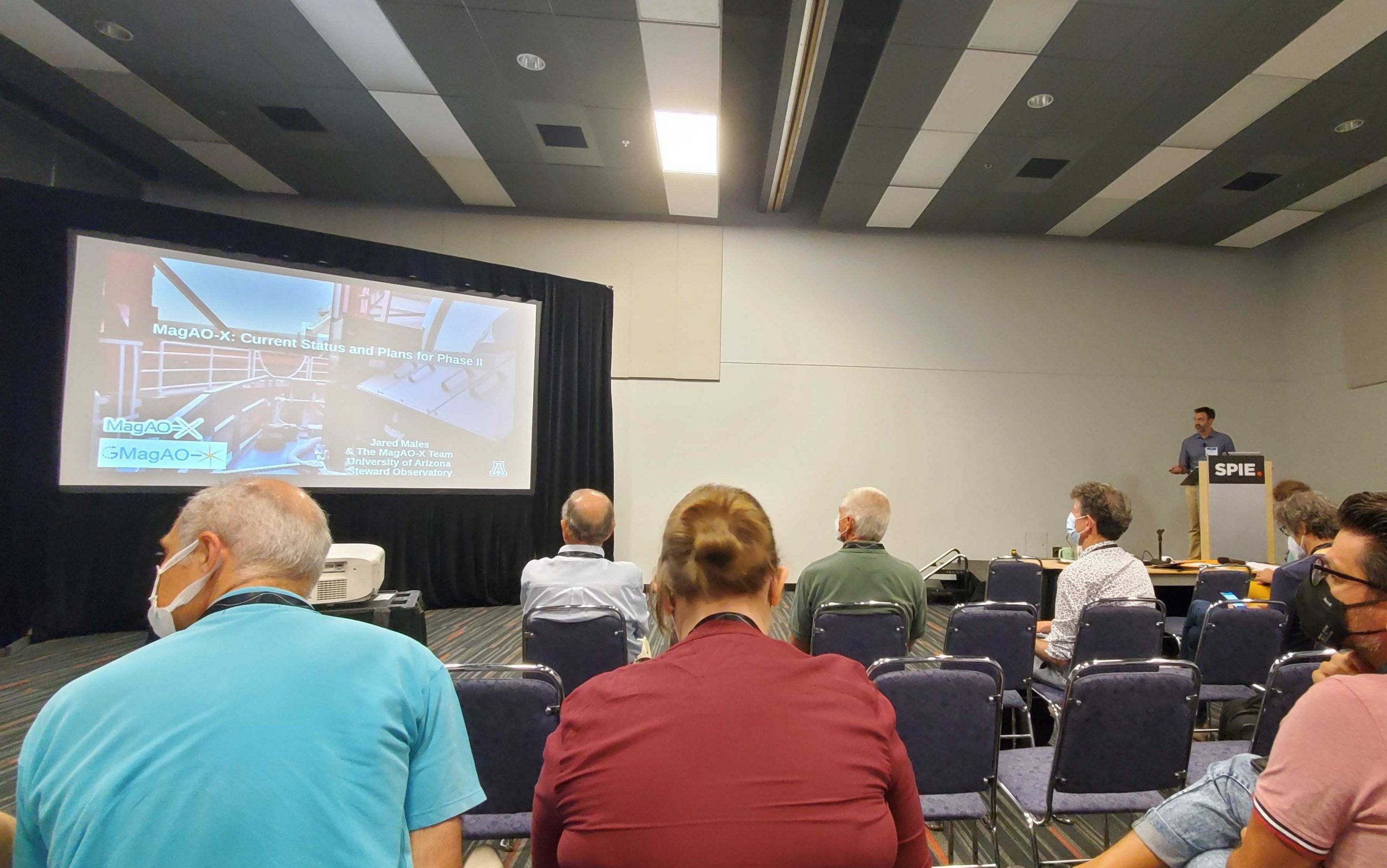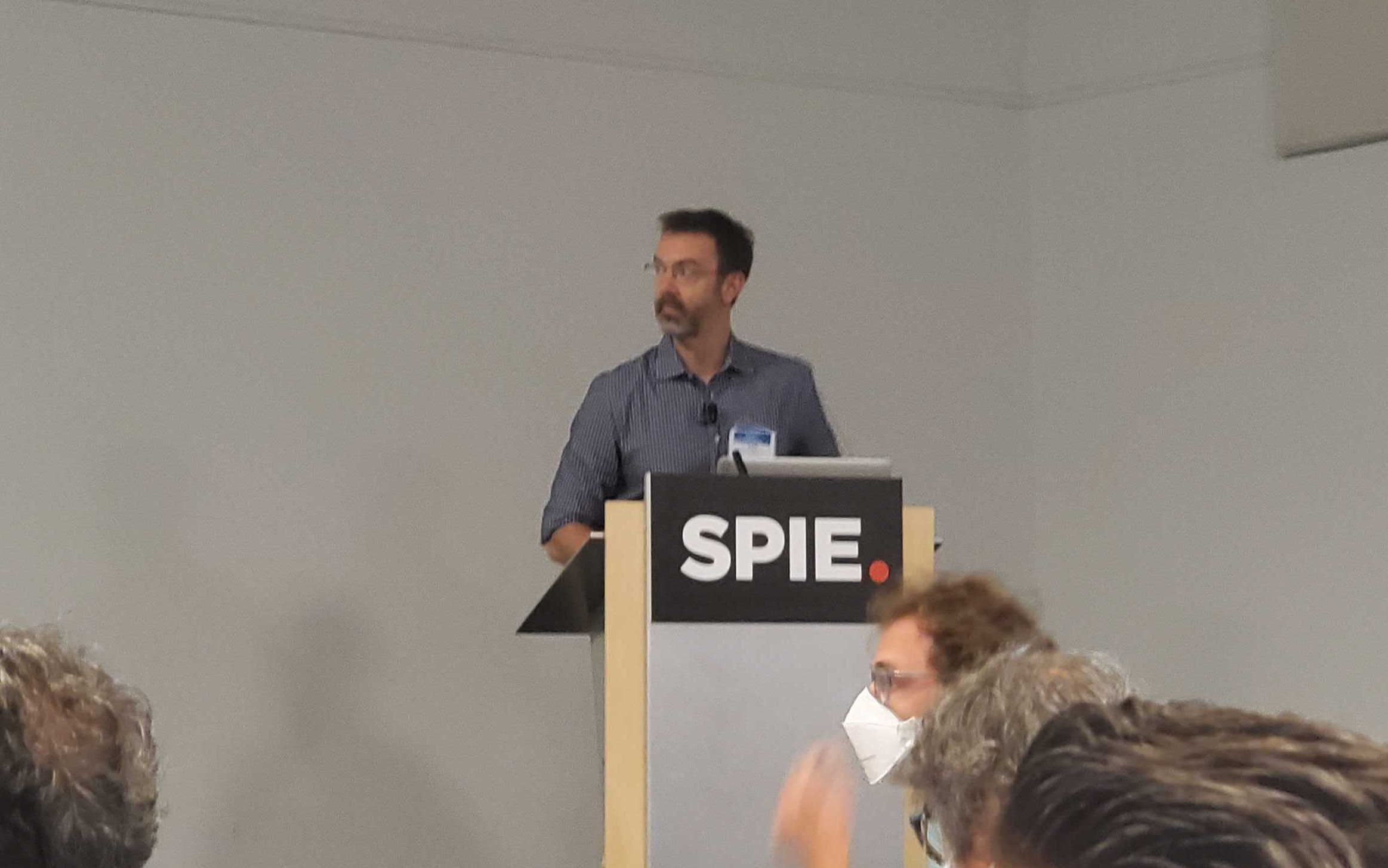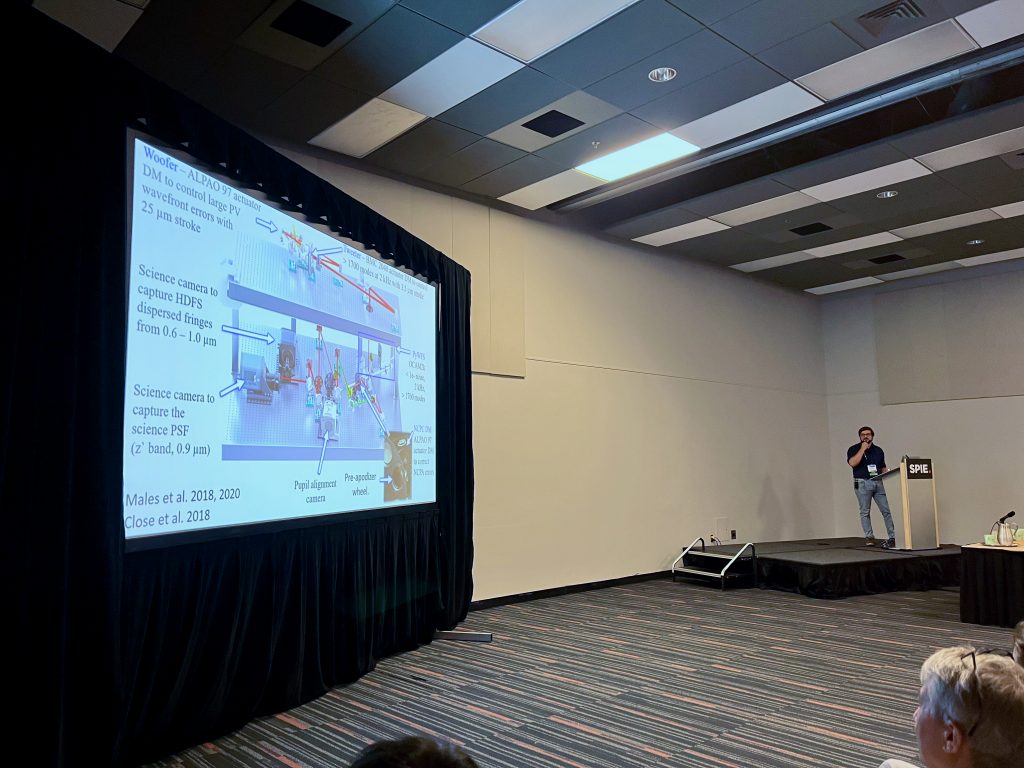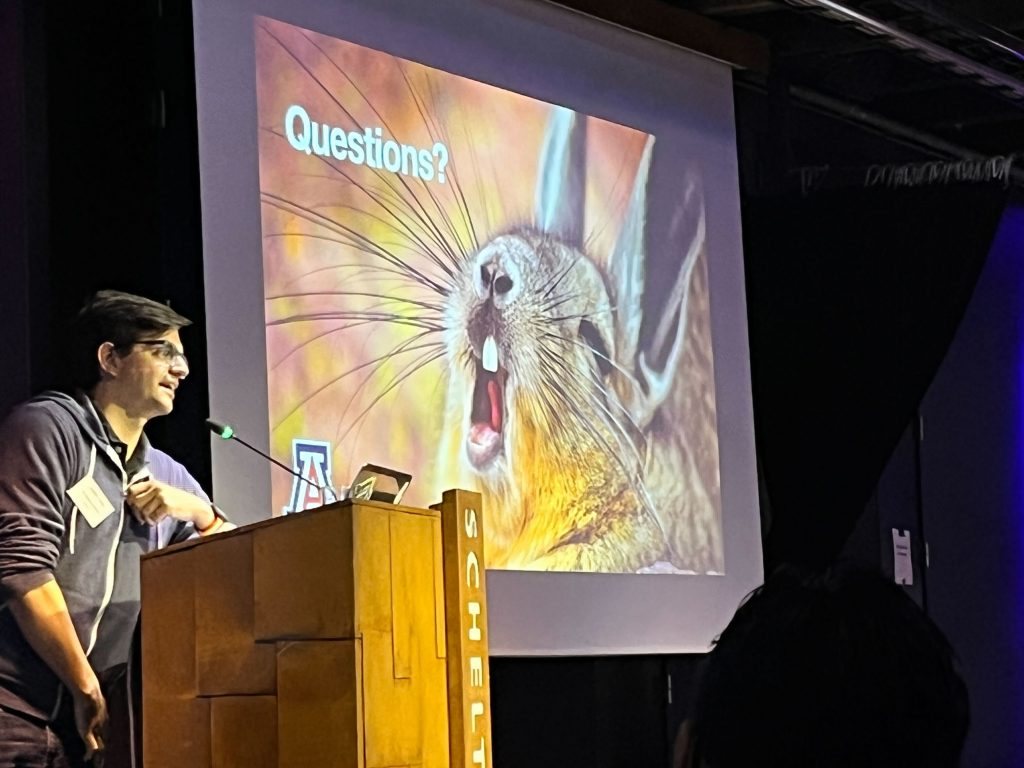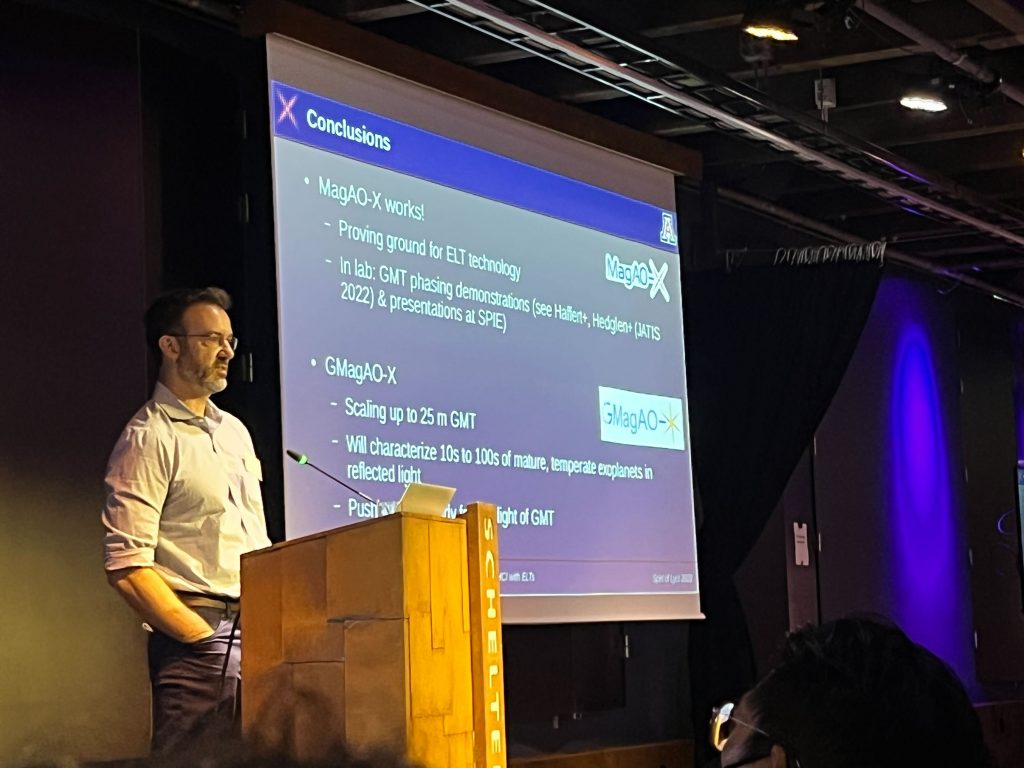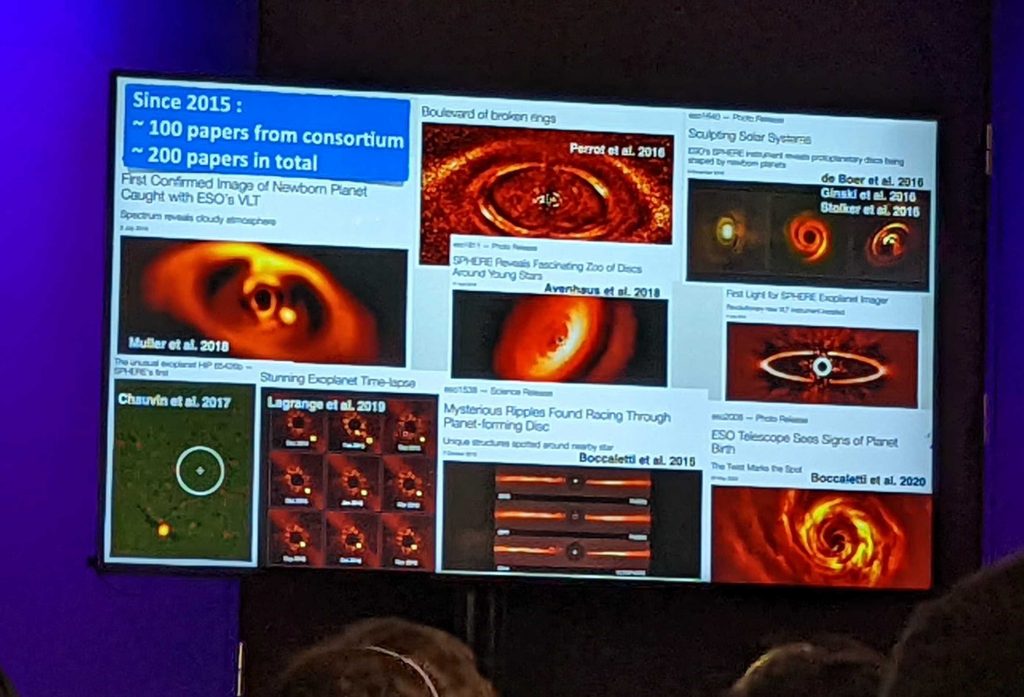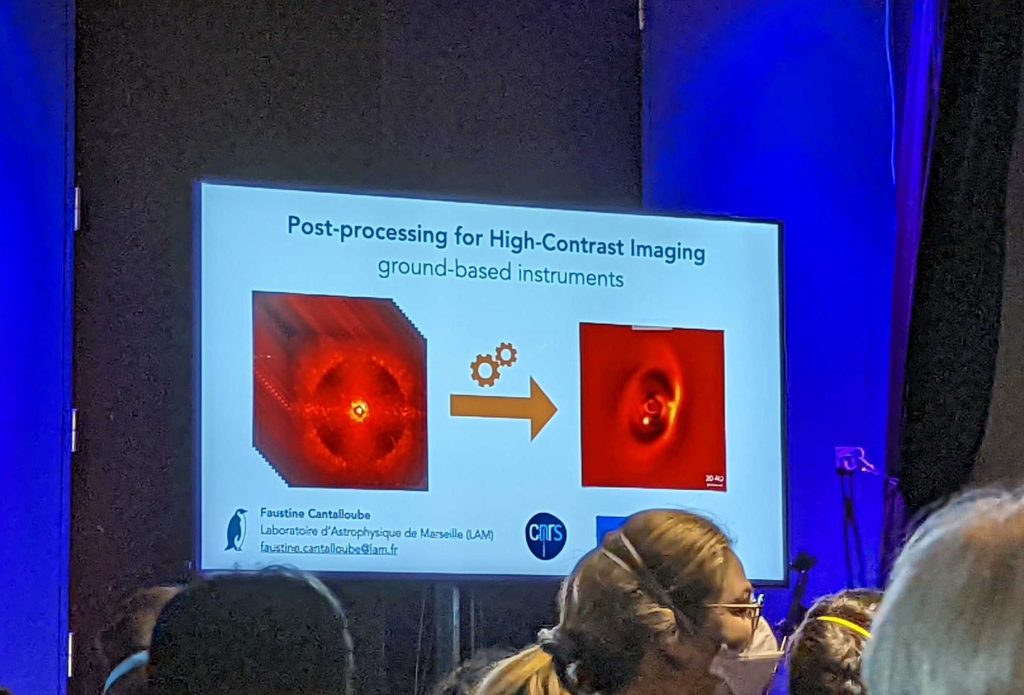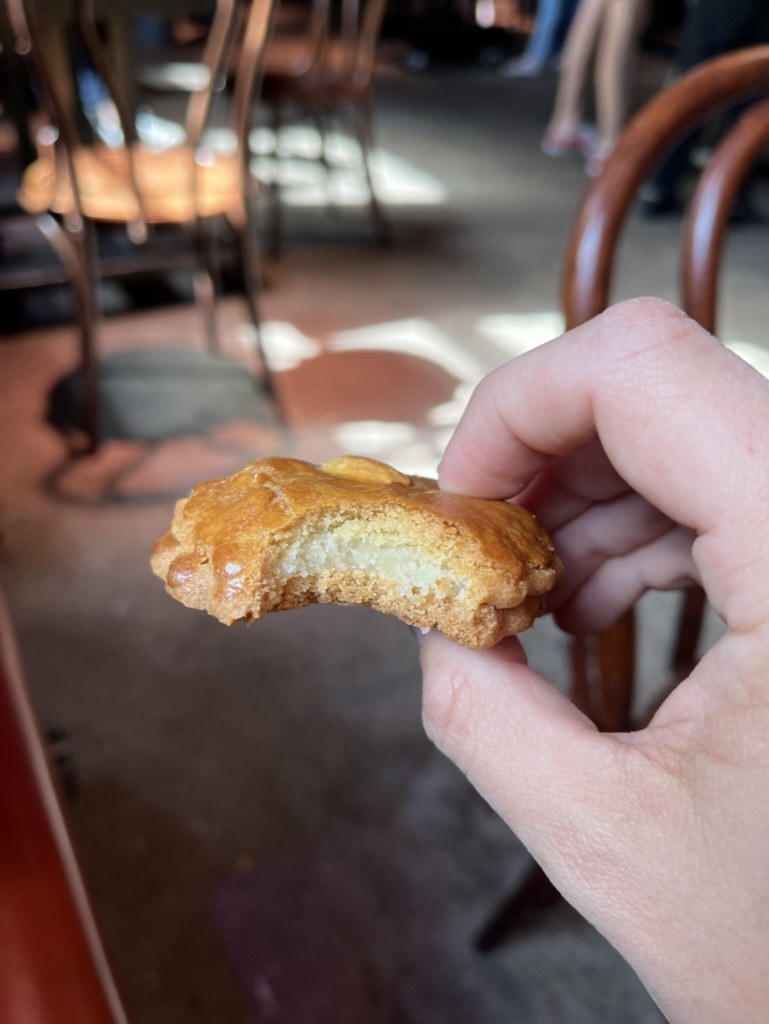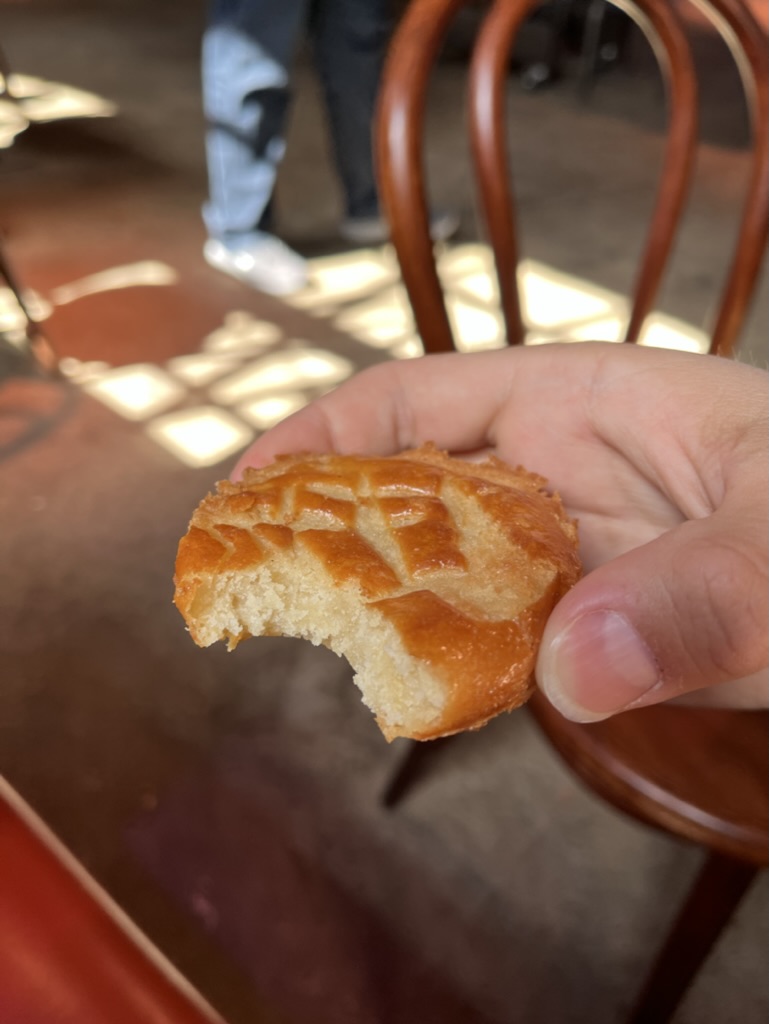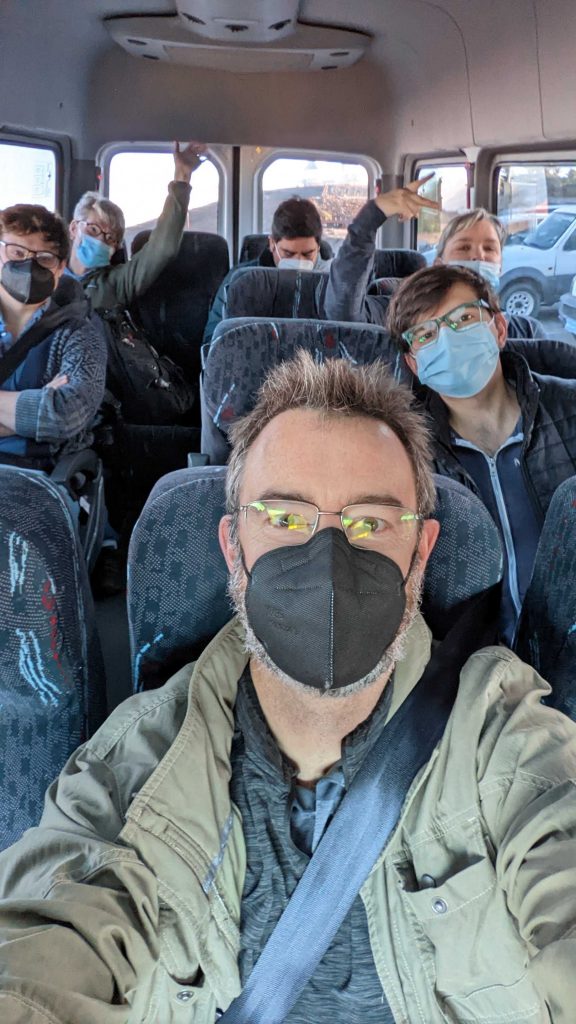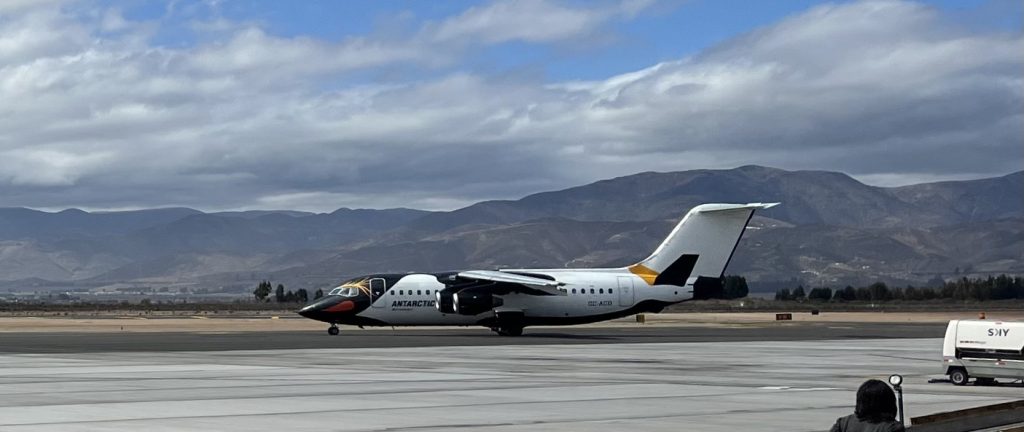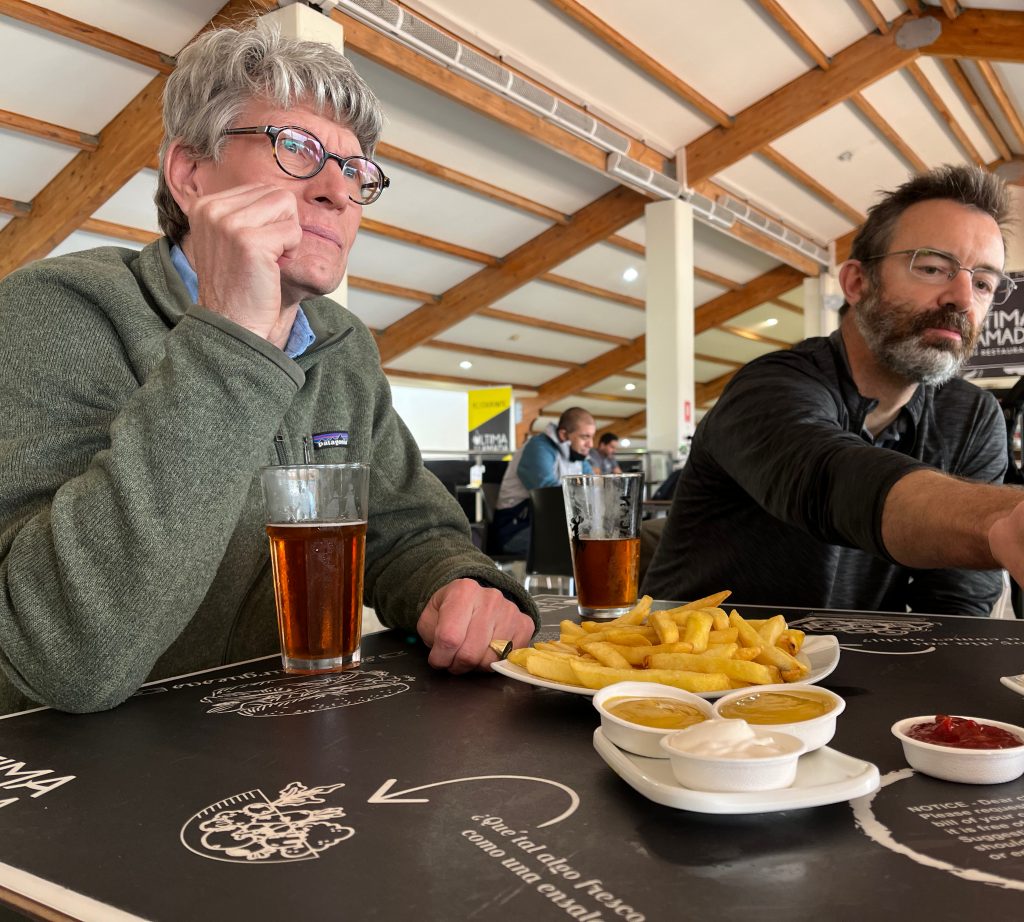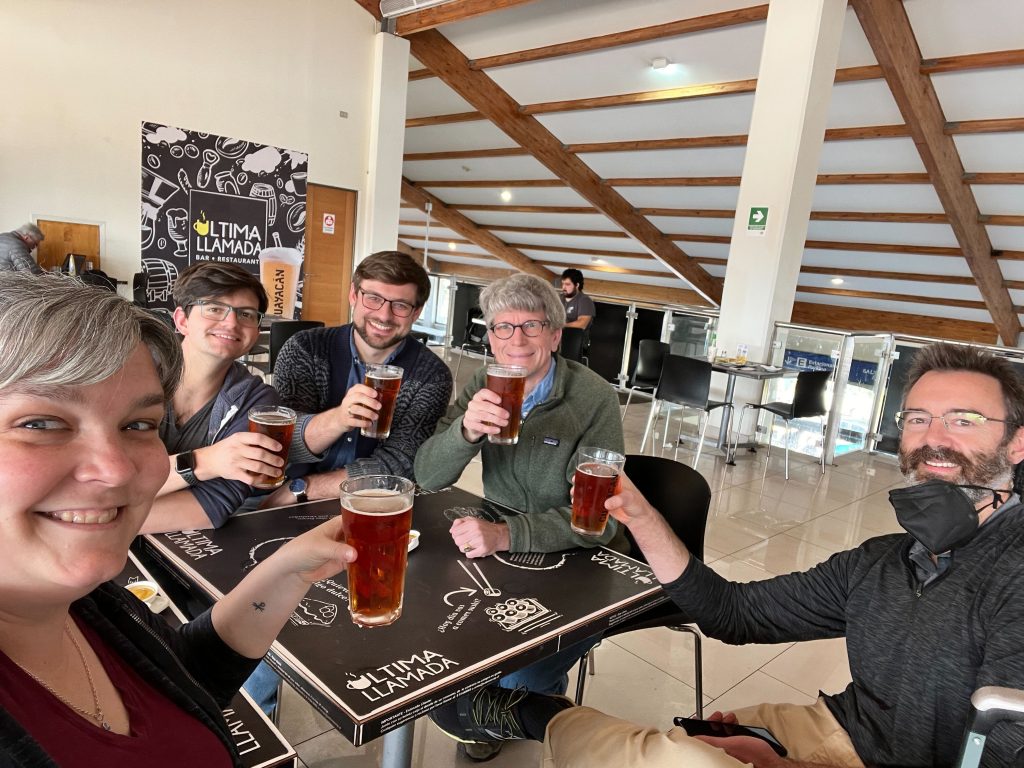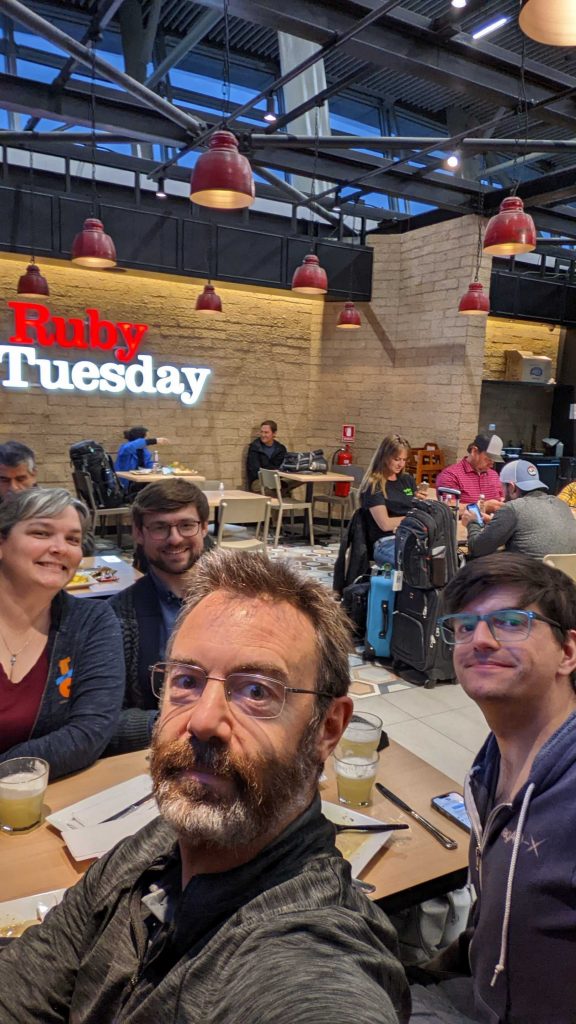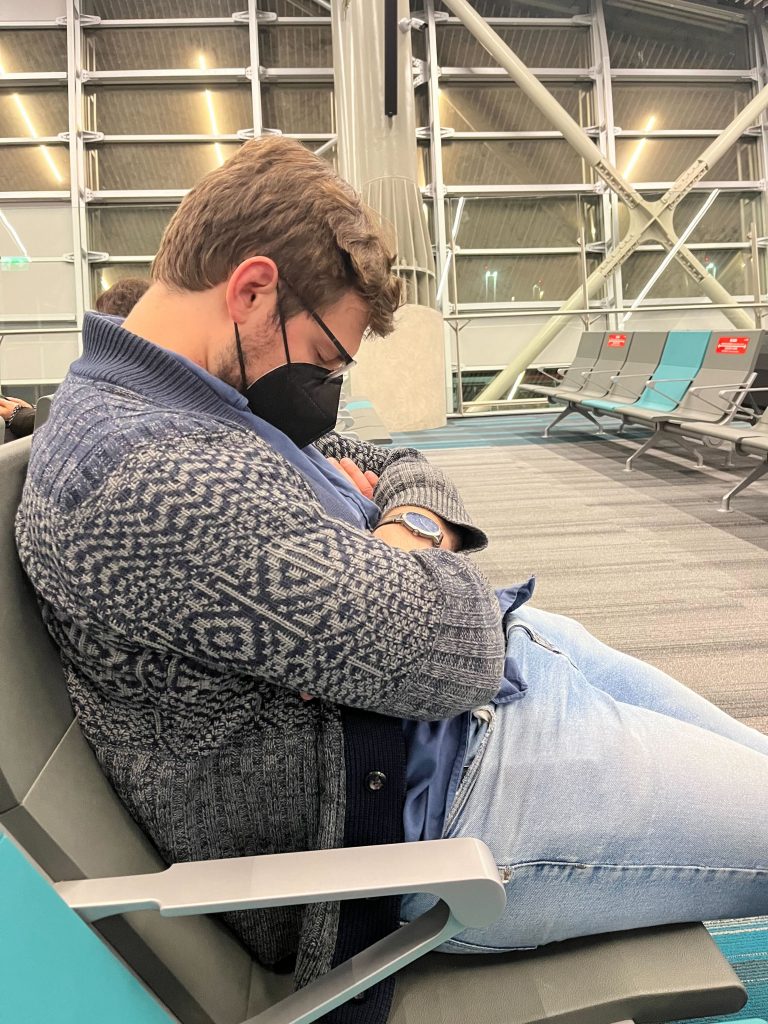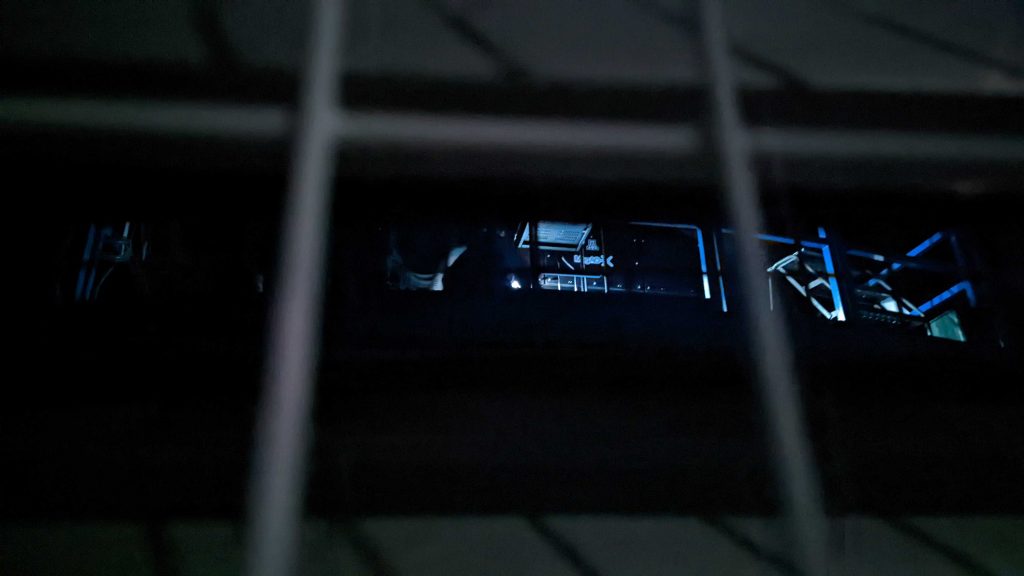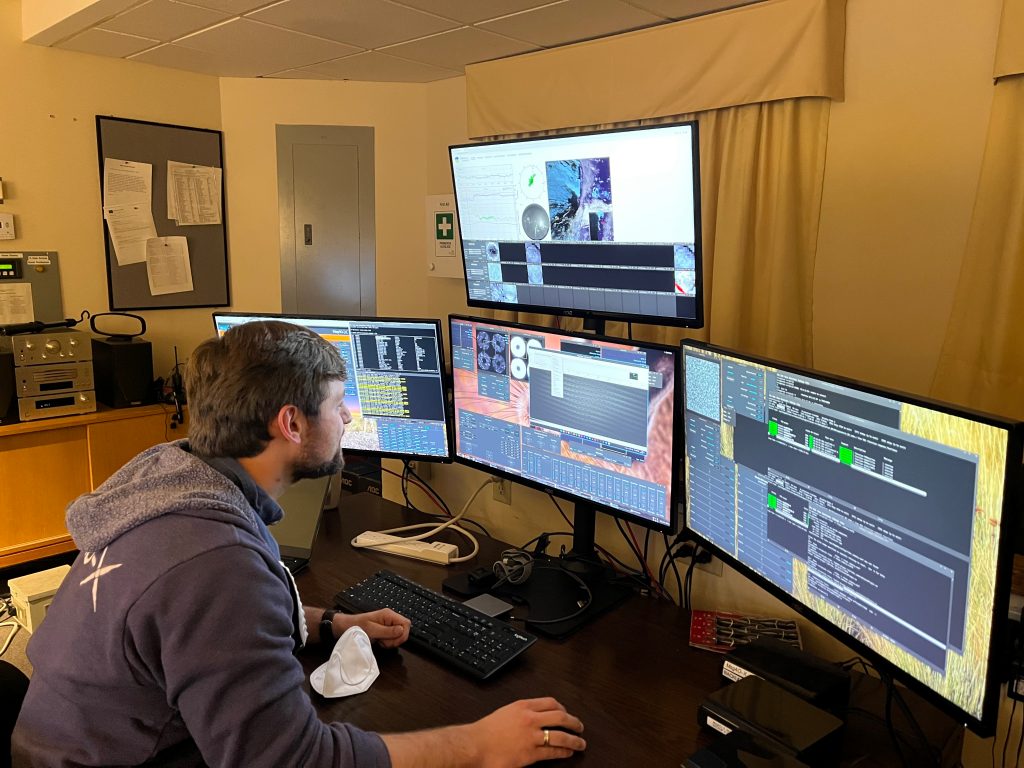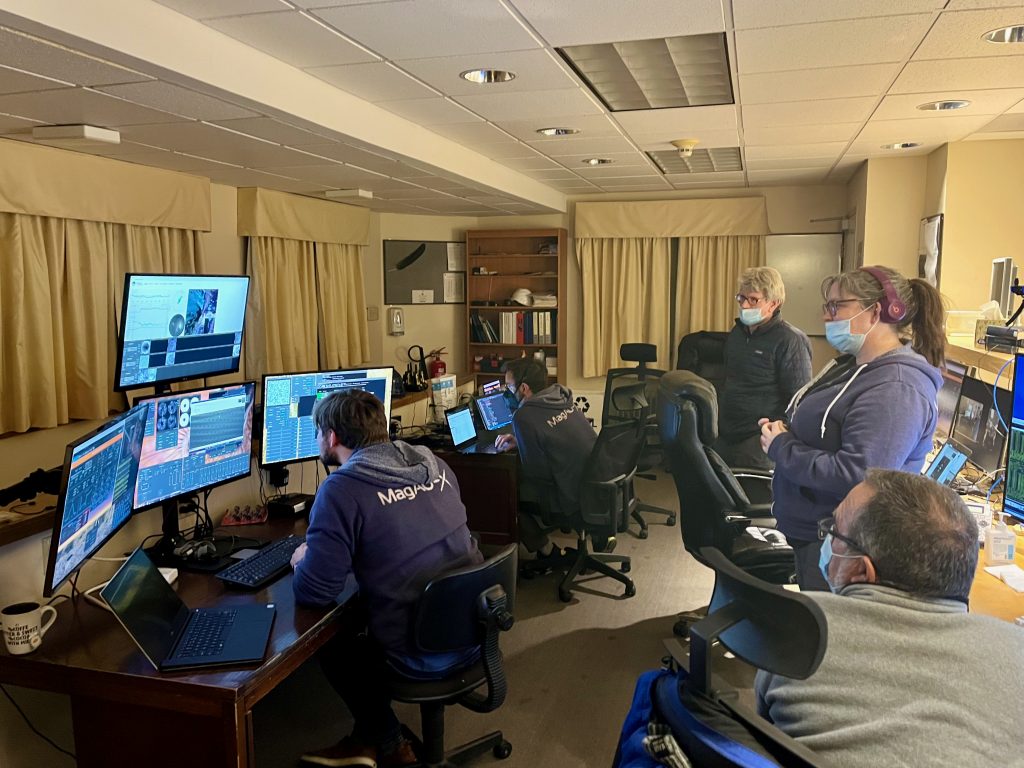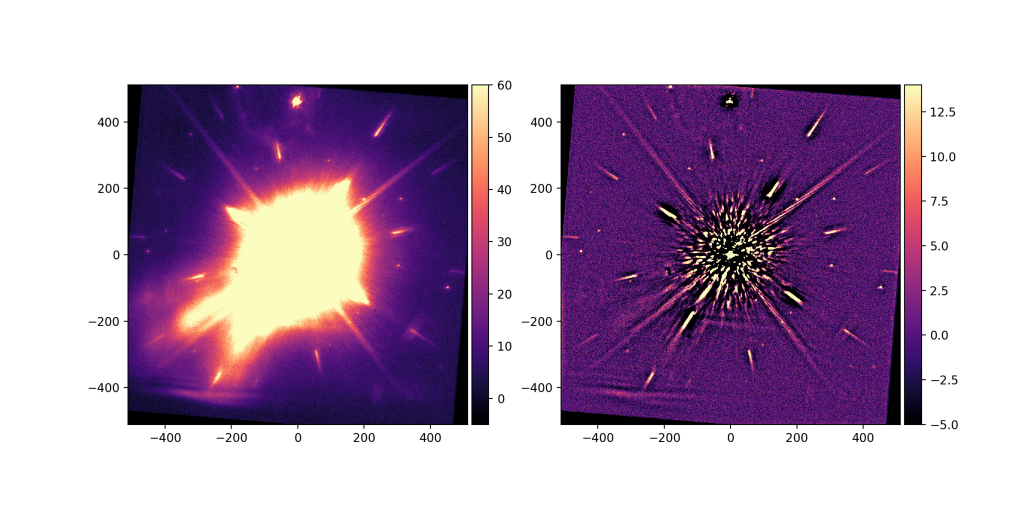Well, @warrenbfoster still owes us vacation photos from Valparaiso, but who knows what his internet situation is. Someone’s still gotta write the Day 0 blog post, though.
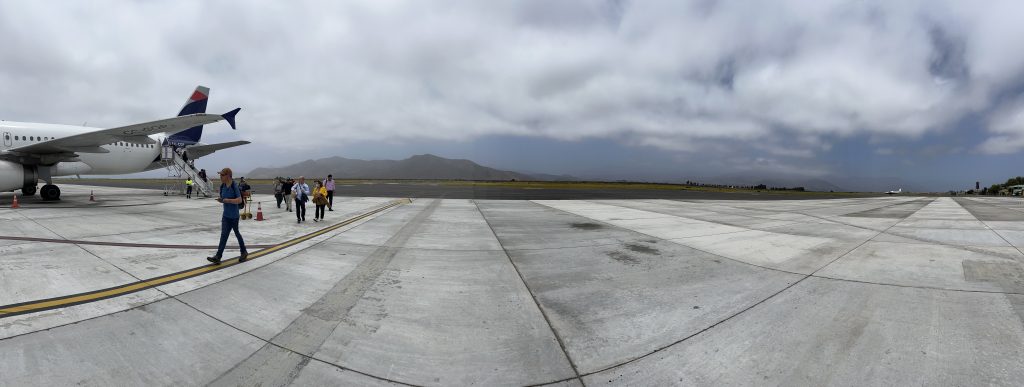
Compared to last time this trip didn’t have many surprises. We did learn several things, though:
- When there’s a choice of LATAM and Delta for the 10-hour flight, Delta’s got the better seats. Jared reports leg-room upgrades on LATAM are barely anything, and not worth the additional cost. I had to sit on my complimentary blanket to sleep because the hard seats were tough on one’s rear after a few hours.
- COVID-related arrival measures are entirely gone. No test on entry, no verification of vaccine documents. The Ministerio de Salud has dispensed with mask-wearing requirements indoors (except for healthcare settings) and most employees and passengers opted to go bare-faced.
- Passport control took a while, but kept moving. Single line for nationals and foreigners.
- Customs enforcement seems to be up. The scannable tags system that was new last time is now gone, replaced with brief interviews with Jared and myself about equipment we were carrying. We aren’t importing anything (of course) so we explained we had tools for scientific research and they let us go.
- They no longer seem to care about the purpose or destination of visits. I have a slip saying I’m visiting Santiago for vacation that I must present on exiting the country, but I was never asked for those details.
- As always, the “collect your bag, complete customs, re-check your bag” dance is a pain. Unhappily we must report that LATAM domestic baggage recheck is now even sillier. There is a counter in the international terminal, down the hall with the taxi stands right after customs but before you actually exit. It was super backed up and after waiting 10 minutes not one person had successfully re-checked their bag and left. If it’s not busy, it might be better than the situation across the road. We schlepped our bags across the way to the old terminal (T1) and went to a place with approximately 4 actual agents and all self-service kiosks. Of course, the self-service bag check does not work with our pre-tagged bags so you can go straight to the “I need an actual human” line.
Song of the Day
Okay, so the song’s about a violent break-up but… we are preparada for 2022B.
Someone should probably come up with Song of the Day rules.
